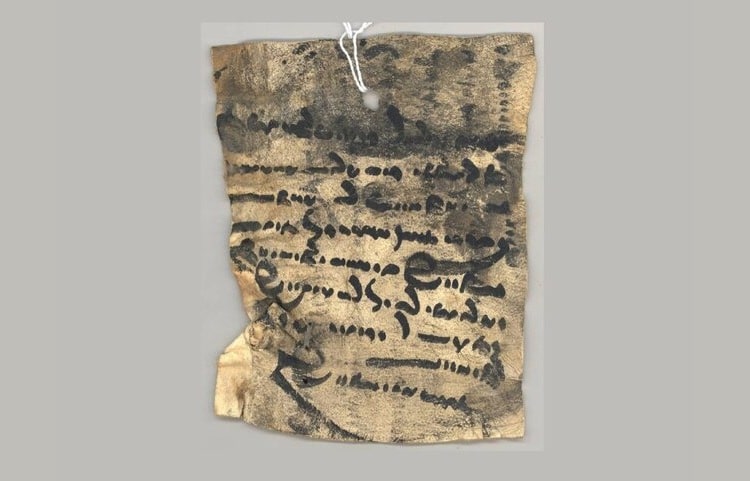
For four centuries, from 224 CE to 651 CE, the Sasanian Empire (aka the Sassanids) ruled over modern-day Iran and Iraq. Considered a high point of Iranian civilization, it was ended by the early Muslim conquests of the 7th and 8th centuries. Deep in Iran’s central province of Delijan, a cave filled with treasures from the late Sasanian era was discovered, though it had been plundered many times over the years.
Many of the items found in Hastijan’s cave are no longer in Iran, as they were sent abroad after being looted. In fact, one of these items was the reason researchers even knew that the cave existed.
“The name of this cave was not mentioned in the archaeological map or in the archaeological reports until one of the Pahlavi language experts abroad noticed the leather writings that contained valuable information,” shares Mustafa Deh Pahlvan, head of the Research Institute of Cultural Heritage, Tourism and Handicrafts. “After following up, he found out that many of these works had left the country, and after questioning, he found out that the origin of these parchments was a cave in Central Province.”
One of the documents that authorities believe was looted from the cave is a private letter that shows how common literacy was during the Sasanian Empire. It’s written on parchment in Middle Persian, using Pahlavi script. The text, still crisp and clear, translates to the following:
Marwaid, dear sister, may the gods bless her. Good luck to my sister. I sent you a bottle of oil by Bakhtak. Write me a letter about your and Farrokhzad’s health and comfort, and be at ease about me and my children. Send the oil soon.
Such a personal letter is a wonderful reminder that the strong connections we feel between friends and family are nothing new. Even in ancient civilizations, when living conditions were undoubtedly harsher, people still took the time to worry about the well-being of their loved ones.
Currently part of the Pahlavi Archive at UC Berkley’s Bancroft Library, the letter is part of a larger collection of letters written during the late Sasanian or early Islamic period that are spread between Berkeley, Berlin, and Los Angeles.
h/t: [Reddit]
Related Articles:
5,000-Year-Old Iranian Vase Features the First Known Animation
Lost Letter From WWII Soldier Finally Gets Delivered 76 Years Later
4,000-Year-Old Assyrian Tablet Discovered Is an Ancient Prenuptial Agreement
These Rare Daguerrotypes Are the Earliest Surviving Photos of Iran in the 1850s
